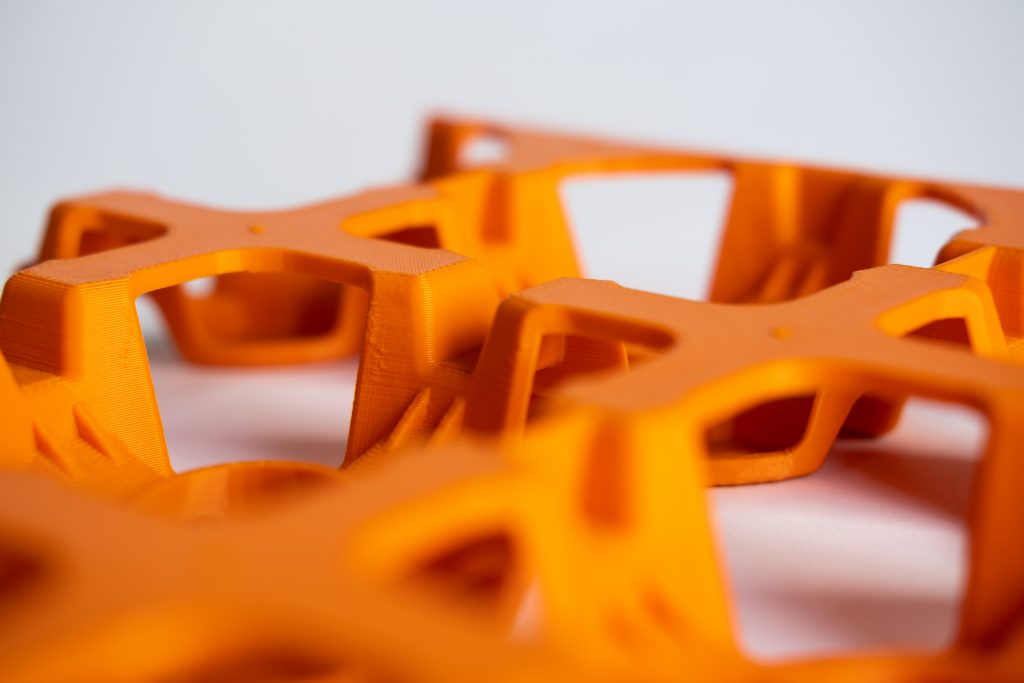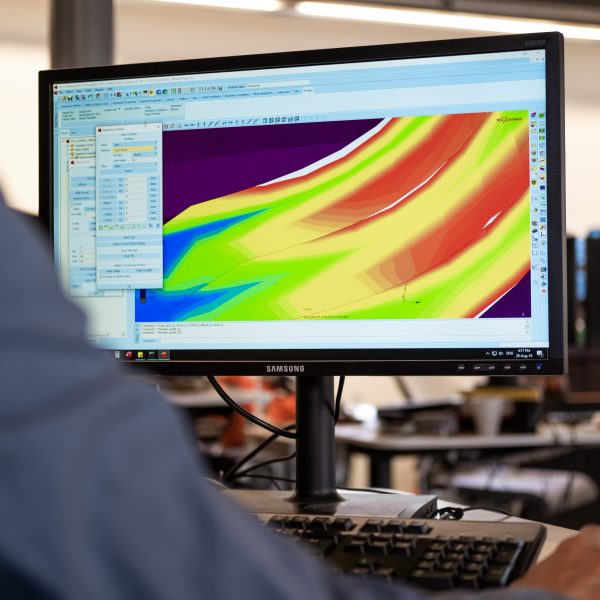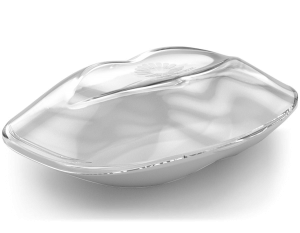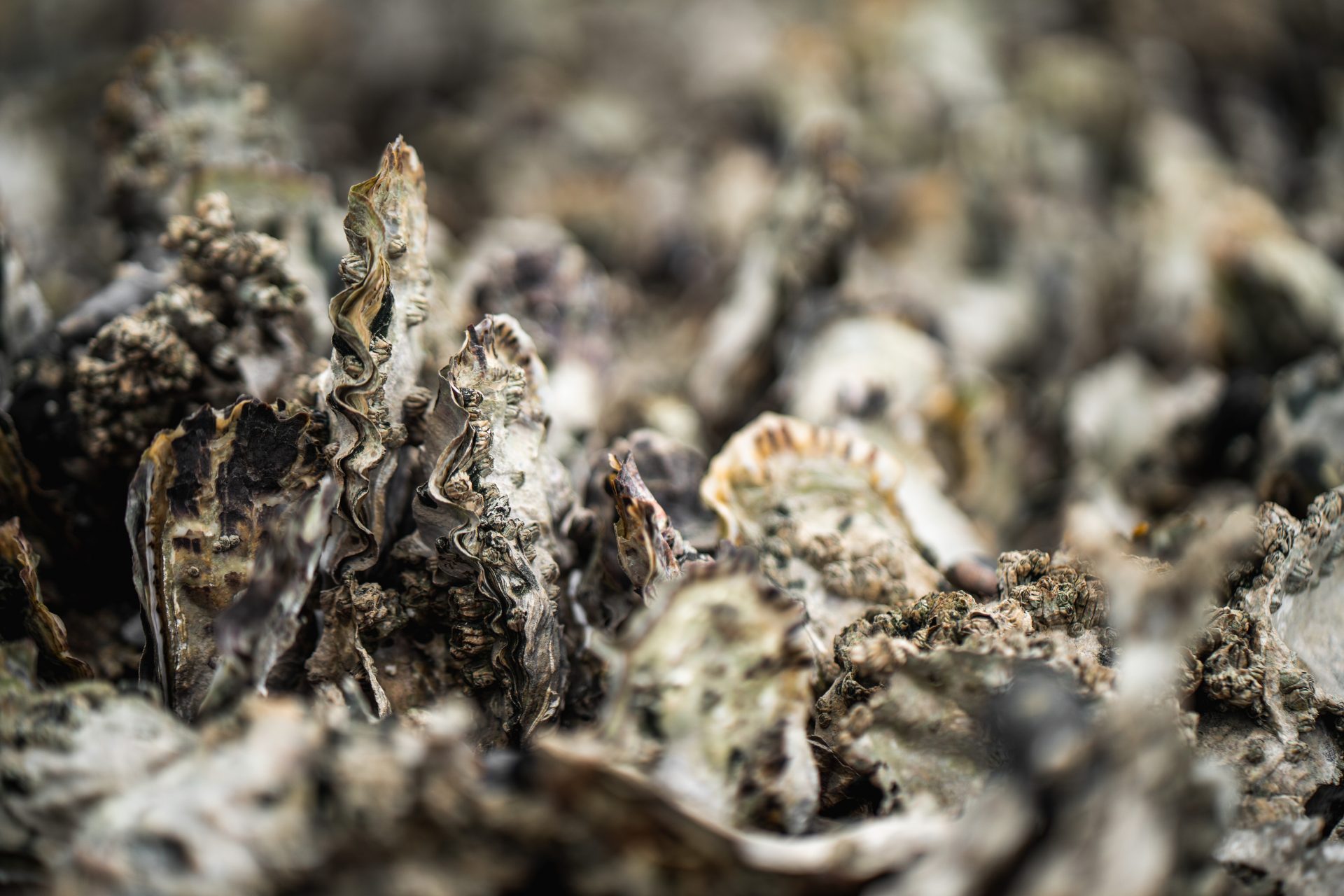
Barsha Pump

Startup company aQysta strives for the development and implementation of technological and innovative solutions that bring economic advantages in a sustainable manner. The Barsha Pump is an irrigation technology, driven by waterpower. aQysta has as its goal to become market leader in “hydro powered irrigation technologies”. The Barsha Pump is its first product. Compared to existing solutions the Barsha Pump is very cost effective and therefore a very good solution for small-scale farmers in, amongst other, developing countries.

The Barsha Pump (Barsha means “rain” in Nepalese) uses the energy of the flowing water of rivers and canals to pump water to farming land. The pump consists of a inward running spiral shaped duct in which air is compressed between water columns that are scooped up out of the water stream. The air pressure that is created is then used to pump the water away, without using any kind of fuel or electricity. The Barsha Pump is a sustainable and cost effective solution for the pumping of water for irrigation purposes in arid areas. At the moment more than 40 pumps have been installed in countries like Nepal, Indonesia, Spain, Turkey and Zambia.

The current pump has a diameter of 1.5 meters and can pump water up to 20 meters vertically or 2 kilometers horizontally. The maximum capacity is more than 40 000 liters per day, dependent on the flow of the river or canal. BPO has calculated if the spirals, made of HDPE, are strong enough to withstand the high internal pressures that occur. This has been done using finite element analyses. The spirals each consist of two symmetric halves that are merged together.

The spirals are subjected to high and fluctuating pressures that also differ over the different windings of the spiral. BPO has executed axisymmetric analyses, amongst other types of analyses, in order to look at the occurring material stresses in each of the windings in detail. The parts have not only been simulated for short term high peak loads, also the fluctuating loads over a period of 10 years have been analysed, in order to guarantee a long lifetime of the product. Next to this, BPO analysed the influence of the forces on the central axis and the vanes that are fitted between the spirals on the construction, especially the connections between the different parts. Based on BPO’s advice wall thicknesses in different areas of the product have been adjusted. Finally with a check simulation it was concluded that the spirals are able to withstand the high loads that occur when the pump is in use.

After several prototypes of the pumping system were tested in practical conditions, the commercial version of the Barsha Pump was introduced at the start of 2016 on the worldwide market. The goal now of aQysta is to increase their distribution network in Asia, Africa and Europe, so more farmers can improve their land irrigation in a simple and relatively cheap manner.
For more information see: www.aqysta.com



